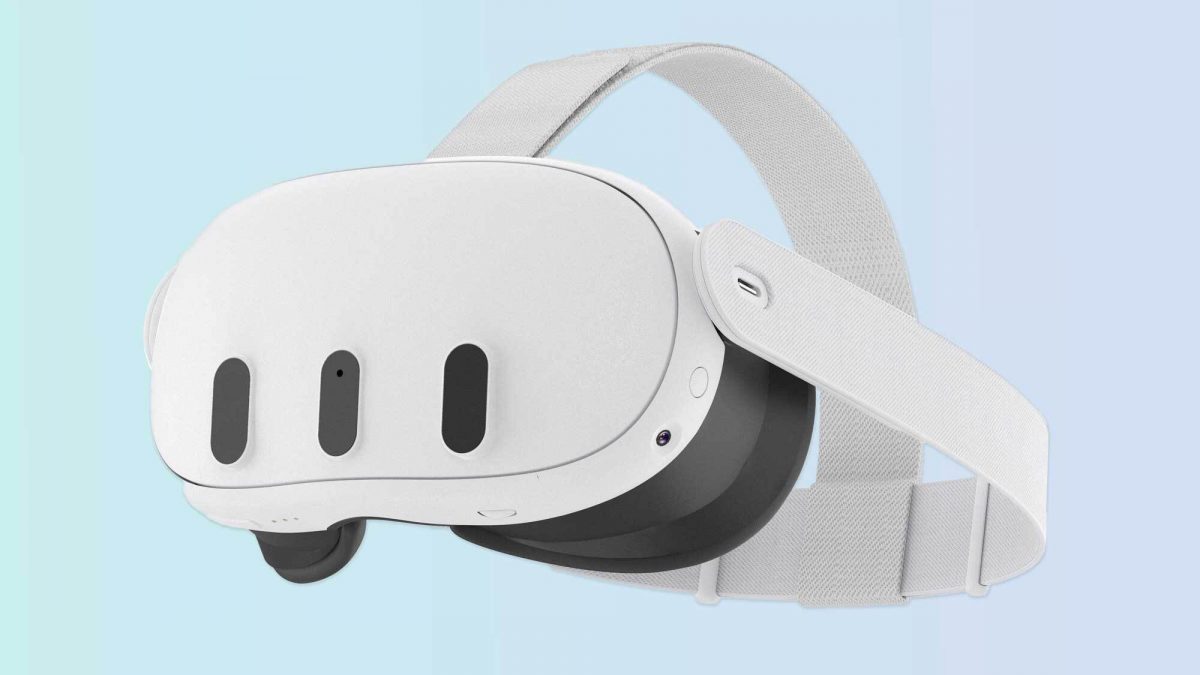Insights From The Blog
Mixed Reality on Quest 3 is Seeing Success
When the Meta Quest 3 launched last October, it was hailed as being a step-change in VR/AR systems, but with a much bigger emphasis on the mixed reality (MR) capabilities of the system. Now that the dust has settled and we are a few months in with the new headsets, has it lived up to expectation, or was it all hype?
For a start, it’s a little difficult to gauge since, unlike VR, which has gradually grown with different hardware systems and software forms, MR has no real benchmark beyond what people thought that they wanted and vague notions gained from science fiction movies.
The goal of mixed reality is to provide users with an immersive experience that is grounded in both the real and virtual worlds by combining aspects of virtual and augmented reality with their actual environment. In contrast to VR, which transports users to a computer-generated 3D environment, and AR, which superimposes digital content on top of the user’s actual physical environment, mixed reality merges the two to provide a seamless experience that incorporates the best of both worlds.
MR is an important feature because it overlays virtual elements onto the real world, and is seen as being a much more powerful tool for training purposes, given the right inputs. At the moment, most of the development effort is being placed in gaming and entertainment, but this is helping build experience that can then be used in the development of serious apps that will mimic real life training situations.

The Meta Quest 3 is being seen as a spearhead for this drive since it is one of the most affordable and capable headsets that is able to reliably and convincingly run MR content. With a focus on mixed reality, Meta Quest 3 includes features including Direct Touch, suggested boundary and helped space setup, and full-colour pass-through.
Users are able to have one-of-a-kind, fully immersive experiences when these software components are combined. There are a growing number of mixed reality experiences and applications pre-installed on Meta Quest 3, which you can find in the Horizon Home’s Meta Toybox. One of the key elements is the full-colour passthrough – the Meta Quest 2 had a grainy black and white passthrough – which makes MR content so much more realistic.
Meta have been keeping a quiet eye on user reviews of the Meta Quest 3, but also on the popular sales in the online store. Six months in from launch, seven of the top twenty selling apps in the store are mixed reality titles, which is good news for the company. Andrew Bosworth, the CEO of Meta has been cheered by these results, saying “We’re seeing strong signals that people really value these experiences. There are already hundreds of mixed reality apps in our store where a majority of users have tried mixed reality features.”
As more people get access to mixed reality and developers gain the necessary skills, Bosworth anticipates that the advancement of mixed reality will pick up speed in 2024. Undoubtedly, Meta will now push forward with not only the mixed reality content available but the quality of these apps. This will not only showcase what is available but will hopefully inspire others to get developing.
We at Unity Developers are very excited by the growth in MR apps and the potential that the media has for both training and entertainment. If you have a great idea for an AR or MR app and would like help developing, why not get in contact us and see how we can make your dream become a reality.